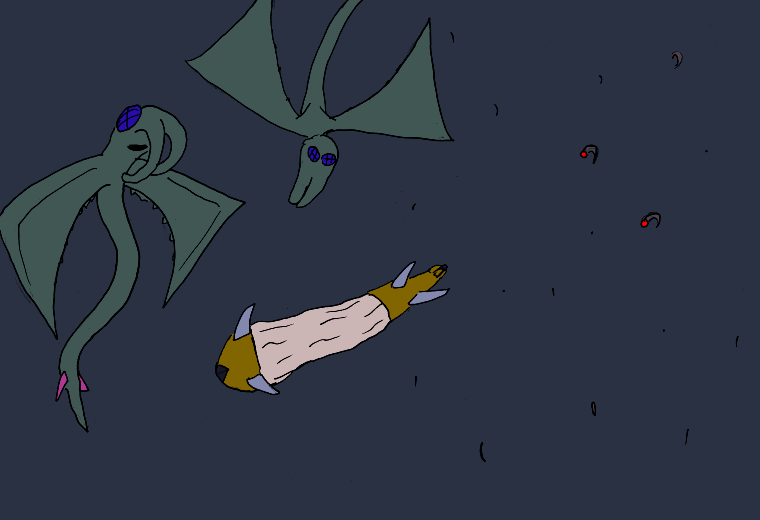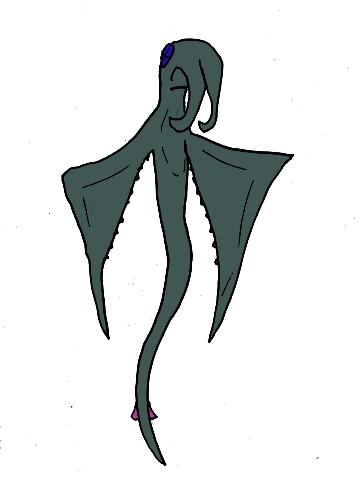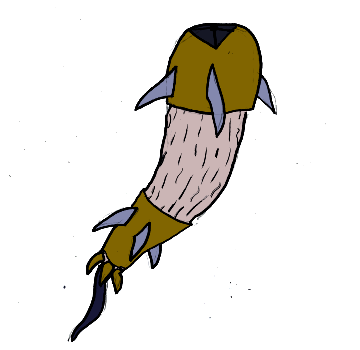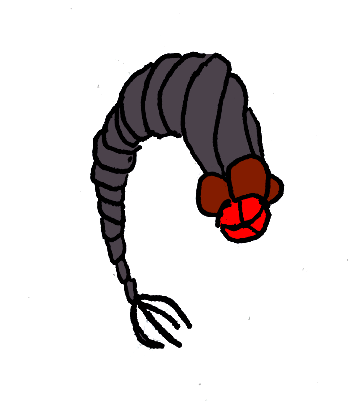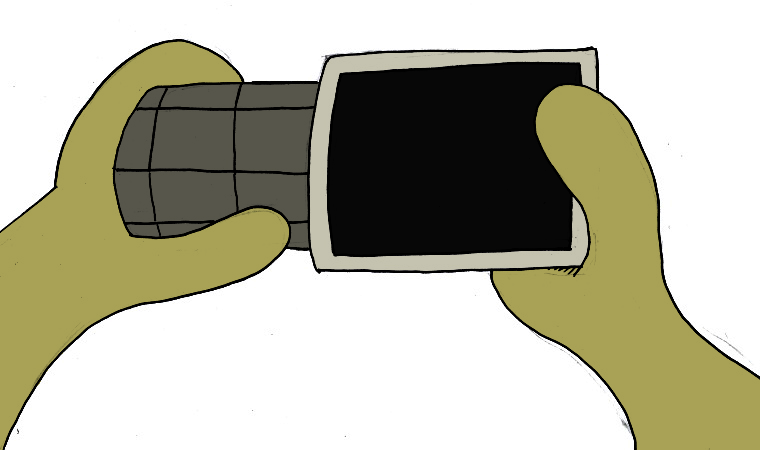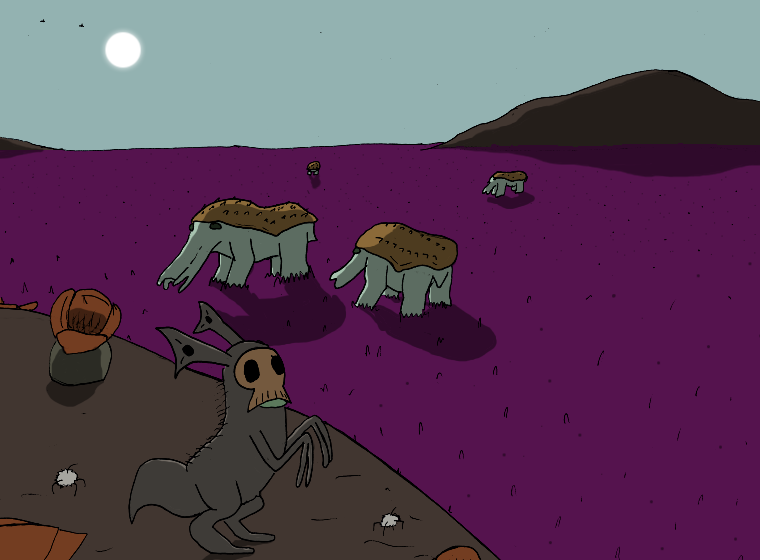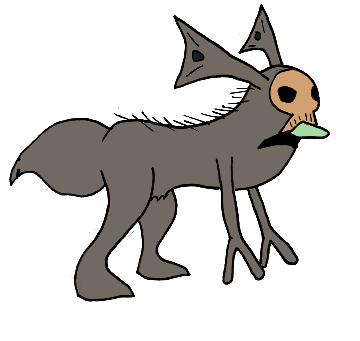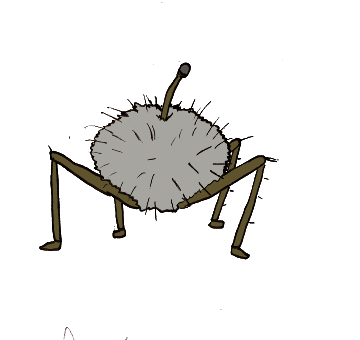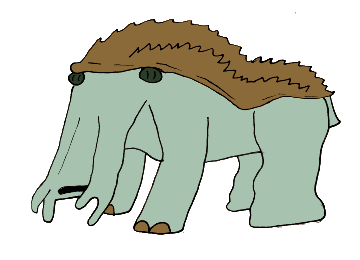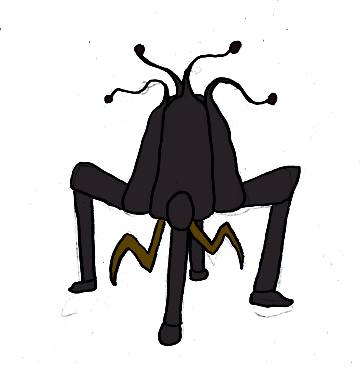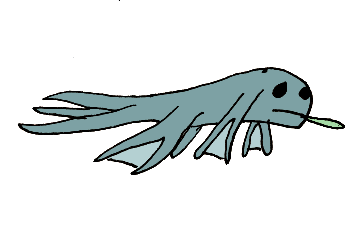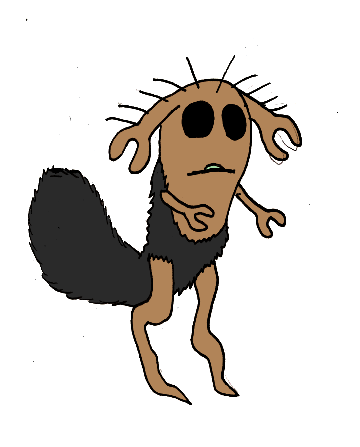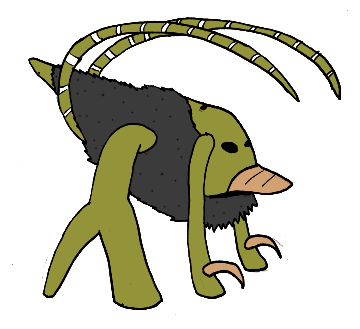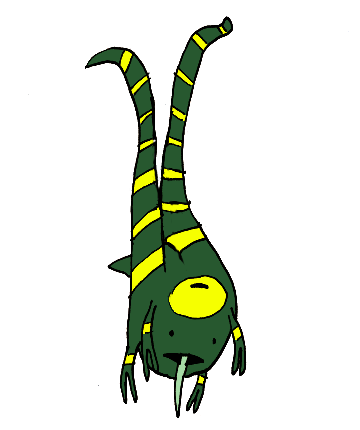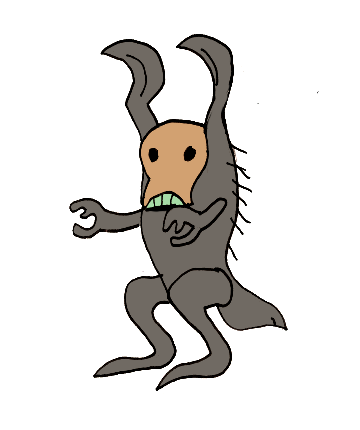Planet Gurx: Attitudes Toward Death
Mev
The Strondovarian word for death is Mev. As you would expect from any intelligent beings, the idea of death holds significant place in Strondo culture, but not in the exact way it does for humanity.
Strondos don’t look forward to their own death by any means. And they absolutely consider the deaths of their loved ones with sadness. But the tragedy they see in death is less tinged by a fear of the unknown, and more seen as an unfortunate end to ongoing work. Certainly, if they find themselves in a situation where imminent demise is threatened, they will fight against it, but unless they are noticeably near death they don’t spend time worrying about it the way many humans do.
It’s may be hard to translate in human terms, but they genuinely see the effects that a person has on the world around them as a part of that person themselves. If people are still talking about a deceased person, they still live on in a way. If the Knowledge Bank has information about the deceased, they are not forgotten. The changes that person made while alive represent proof that they existed. The tragedy is that they are no longer around to make changes.
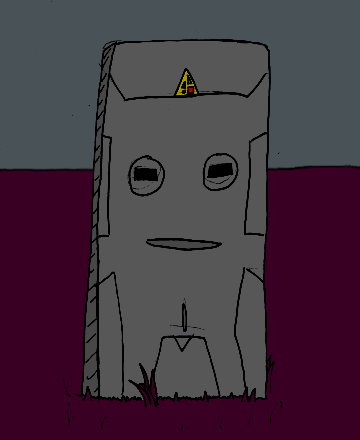
That’s not to say that belief in the afterlife doesn’t exist on Gurx, but over the thousands of years that the Knowledge Bank has been a fixture there, it has essentially become the dominant religion. Many Strondos posit than in the distant future, after the New Gurx project is finished, perhaps, Strondos may be able to use the information in the Knowledge Bank to recreate individuals and place their minds in new, undying bodies.
Pictured to the side here is an Eoumbao, a kind of carved stone which could be likened to a tombstone on Earth, but it isn’t really that. It doesn’t mark the location of a corpse, it just serves to remind anyone who notices it that a certain Strondovarian used to exist. The standard Eoumbao depicts the deceased’s face, but the important thing is the Phrob (let’s translate that as “info-icon”), which is the colourful bit embedded into stone. When scanned by a device connected to the Knowledge Bank, it will bring up all the information it can about the person to whom the monument is dedicated. It’s standard practice for the Eoumbao to depict the honouree’s limbs extending off the stone, to represent their continuing ability to effect the world.
All of this, of course, is of no help to the poor underclass on Gurx who get to notability in society, essentially being barred from the afterlife due to a lack of notability. But even they seek to live on in the memories of their families and loved ones.

